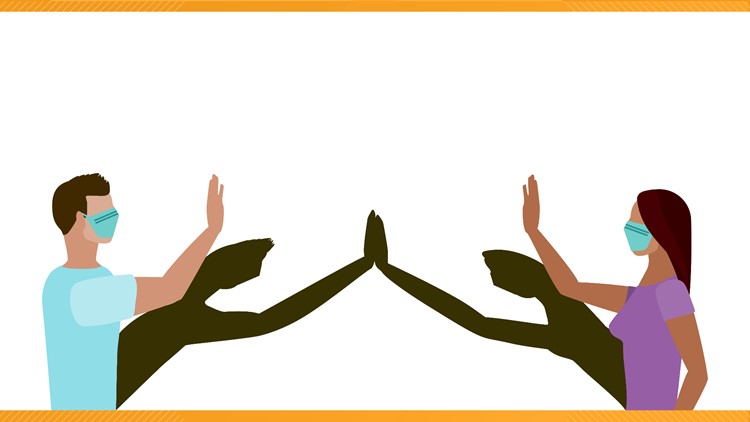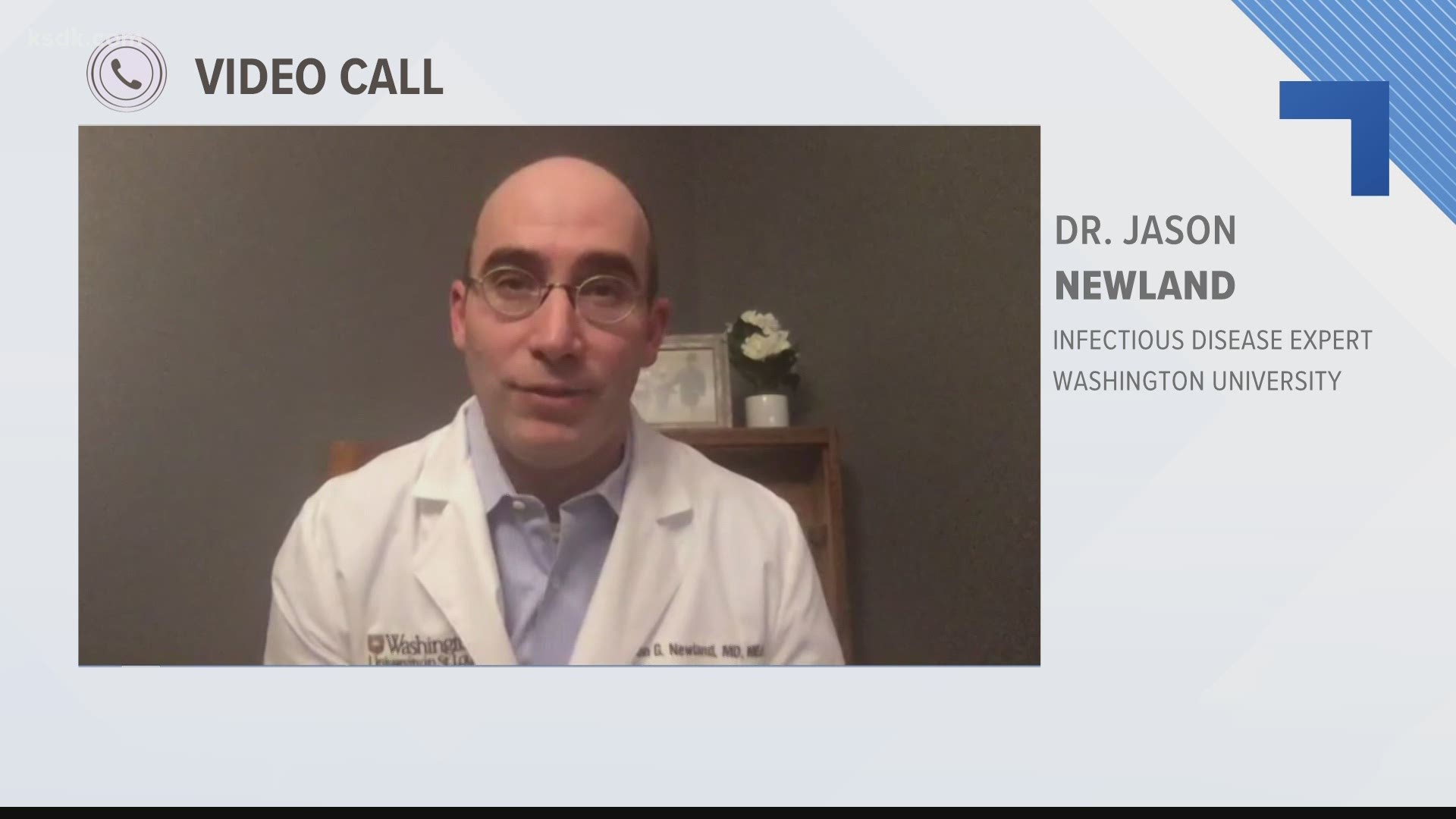ST. LOUIS — Tighter COVID-19 restrictions begin in St. Louis County on Tuesday. Among the new orders, the county will allow "support bubbles."
But what exactly is a support bubble?
According to the St. Louis County Department of Public Health, if you must see others outside of your household to meet social and emotional needs you may form a support bubble of no more than 10 people total.
This includes family members or friends. The groups must be established beforehand and when the group gathers, all participants should wear face masks, practice social distancing and other steps to reduce the risk of transmission.
What if a person in the bubble gets sick? That person must immediately notify the other members. The St. Louis County Department of Public Health said If you participate in a support bubble, you should understand that this puts you at additional risk of exposure.
Health officials advise to avoid gathering with anyone outside your immediate household for the holidays. The CDC recommends celebrating the holidays virtually.
Ways to cope with COVID-19 stress from the CDC
- Know what to do if you are sick and are concerned about COVID-19. Contact a health professional before you start any self-treatment for COVID-19.
- Know where and how to get treatment and other support services and resources, including counseling or therapy (in person or through telehealth services).
- Take care of your emotional health. Taking care of your emotional health will help you think clearly and react to the urgent needs to protect yourself and your family.
- Take breaks from watching, reading or listening to news stories, including those on social media. Hearing about the pandemic repeatedly can be upsetting.
- Take care of your body.
- Take deep breaths, stretch or meditate
- Try to eat healthy, well-balanced meals.
- Exercise regularly.
- Get plenty of sleep.
- Avoid excessive alcohol and drug use.
- Make time to unwind. Try to do some other activities you enjoy.
- Connect with others. Talk with people you trust about your concerns and how you are feeling.
- Connect with your community or faith-based organizations. While social distancing measures are in place, consider connecting online, through social media or by phone or mail.




